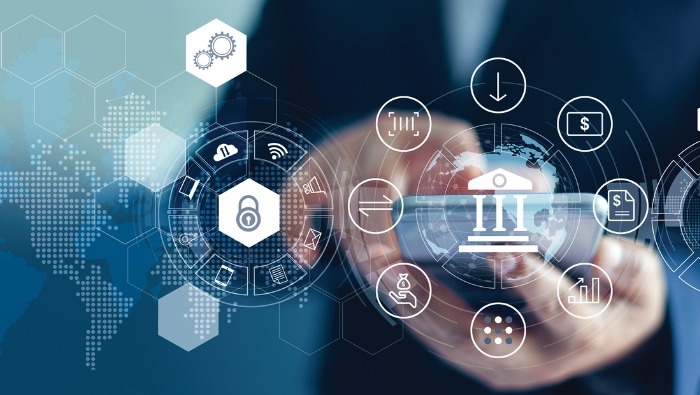On May 11th, 2023, the Biden Administration and U.S. Small Business Administration (SBA) Administrator Isabella Guzman announced program improvements to provide easier access to SBA loans for small businesses. Specifically, the 7(a) and 504 loan programs are the most frequently used loan programs offered by the SBA. These programs cater to small business owners by providing low-cost, long-term capital. Earlier this month, the Internal Revenue Service (IRS) also shared tax benefits, resources, and other information with small business owners during National Small Business Week.
Main Types of SBA Loans
The SBA helps small businesses receive necessary funding by setting guidelines for loans and reducing lender risk. SBA loans simplify a small business’ access to capital. The SBA runs a number of small business loan programs, two of which are the most popular:
- 7(a) Loan Program – this is the SBA’s most commonly used loan program. It provides flexible financing options to small businesses with specific requirements for a variety of business purposes, including capital and equipment.
- 504 Loan Program – 504 loans provide long-term, fixed-rate financing for major fixed assets like real estate, in addition to equipment. These SBA loans are available through Certified Development Companies (CDCs) that regulate nonprofits.
In Fiscal Year 2022, the two programs provided small businesses with a combined $35 billion in capital.
Improved Access to SBA Loans Under Programs
Despite a purported 12.7 million new jobs and 10.5 million new business applications between 2021 and 2022 under the Biden Administration’s “Investing in America” agenda, the SBA reported that some small businesses still face barriers in accessing capital. Particularly, these include small businesses in underserved communities. To rectify this problem, the SBA announced the following plans:
- Centralize and simplify eligibility determination for SBA loans. Under this plan, the SBA will bring eligibility determination for loans in-house using new technology. Briefly, this will reduce the burden on SBA lenders and allow them to expand their capacity to increase lending.
- Conduct fraud review on all SBA loans. The SBA will employ data analytics, third-party data checks, and artificial intelligence tools to review potential fraud across all 7(a) and 504 loans prior to approval.
Both plans take effect on August 1st, 2023. In addition to these planned program changes, the SBA also published further guidance. These included new guidelines for lenders about how to make loans, changes to loan authorization procedures, and information on implementing the final rule on affiliation and lending criteria for SBA loans. Finally, while lender’s have specific recordkeeping requirements they must follow, small business employers should note other recordkeeping requirements for which they are responsible.
New Job Creation and Retention Requirements for 504 Loans
Also, on May 11, the SBA published in the Federal Register changes to job creation and retention requirements under its Development Company Loan Program that provides 504 loans. Specifically, the SBA increased the dollar amounts used in calculating the number of jobs small businesses must create or retain for each 504 project and the portfolio average of each CDC. Under these changes, a 504 project must now create or retain one job opportunity per $90,000 guaranteed by the SBA. In the case of a project by a small manufacturer or one that meets an energy public policy goal, the project must create or retain one job opportunity per $140,000 guaranteed by the SBA. For projects under 13 CFR 120.862, a CDC’s portfolio must reflect an average of one job opportunity per $90,000 guaranteed. These new requirements apply to all 504 loans approved on or after May 11th, 2023.

